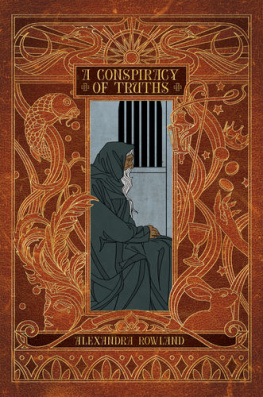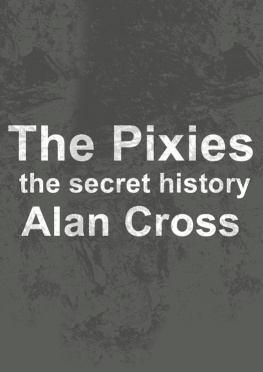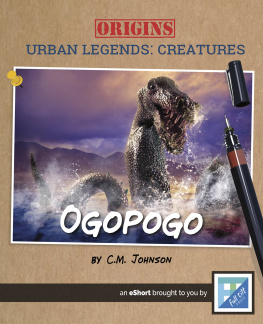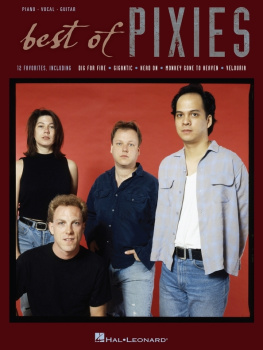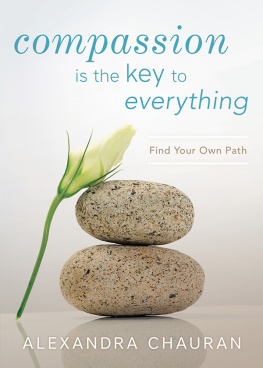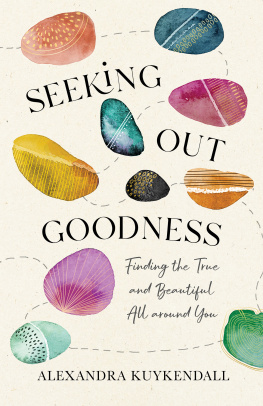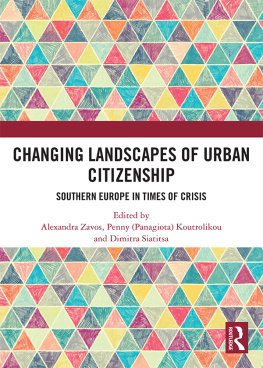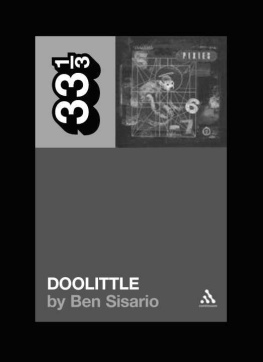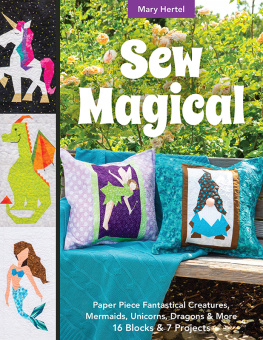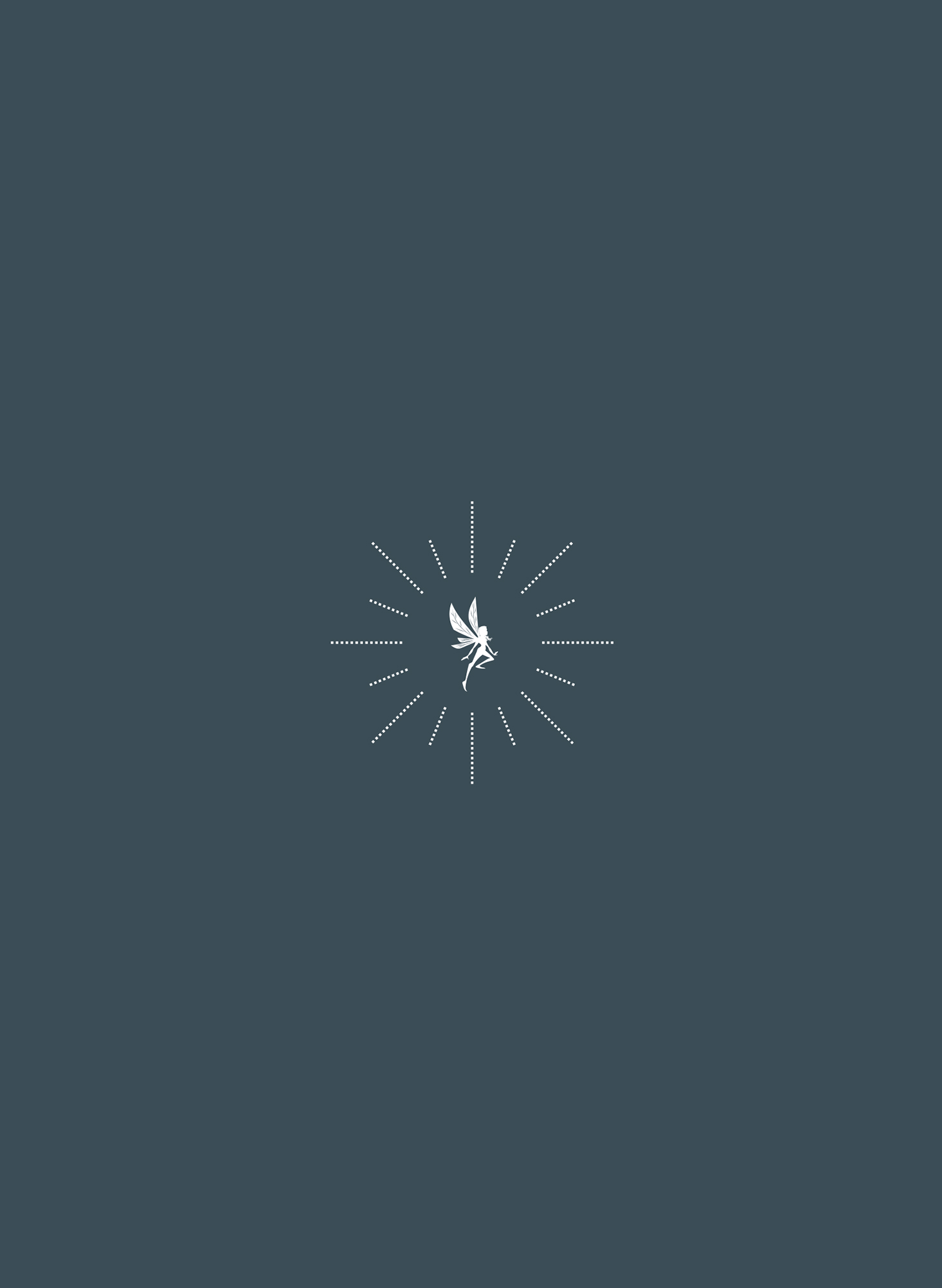Contents
Guide
Praise for
FINDING
FAERIES

Like the liminal spaces inhabited by its denizens, this book brilliantly occupies its own in-between place, spanning the realms of anthropology, mythology, and natural history. I have nothing like its particular combination of imagination and research on my bookshelves to date. Buy it for the gorgeous illustrations and fascinating anecdotes, but prepare to chuckle your way through the wise and funny hints on road trips, fae-watching, and how to unsubscribe if a faerie gets your email address.
Premee Mohammed, author of Beneath of the Ring
Theres a certain space between the most rigid of folklore researches and the highest of the fantastical that is so barely populated that sightings are as rare as will-o-the-wisps; the hidden vale of the fanciful bestiary. And it is here we gratefully discover Alexandra Rowlands Finding Faeries. Beautifully illustrated by Miles ijl, Rowland presents a coherent vista of the half-seen from all around the world. Nor are they all quite what you might expect, from the mutant faeries of Chernobyl via Spirits of Inebriation (including absinthe, of course) to an interpretation of Redcaps that is quite a divergence from the usual murder gnomes. If you loved Lady Cottingtons Pressed Fairy Book, you need this on your shelf.
Jonathan L. Howard, author of Johannes Cabal the Necromancer
This book resurrected my sense of wonder by providing a lively, luminous look at the possible denizens of Faerie, and it also turned that illumination unflinchingly onto the murkier aspectssuch as climate change, and colonizationof our mundane world.
Freya Markse, fantasy author
Finding Faeries presents a delightful, thoughtful journey through a world far more wondrous than our own. Alexandra Rowlands gently academic prose welcomes us into fantastical whimsytheir post-industrial creations nestle gleefully alongside more traditional cryptids. This haunting and liminal guide, rife with telling details, shows that our era of concrete and climate change can still be home to eldritch wondersif you know where to look.
Jennifer Mace, speculative fiction author and cohost of the Be the Serpent podcast
Finding Faeries is a refreshing delight! The fantastic melds with the ordinary on every page, and joyful whimsy is underpinned by insight into those most complicated of creatureshumans themselves.
Rowenna Miller, author of Torn, Fray, and Rule

An Imprint of Simon & Schuster, Inc.
1230 Avenue of the Americas
New York, NY 10020
www.SimonandSchuster.com
Copyright 2020 by Alexandra Rowland
All rights reserved, including the right to reproduce this book or portions thereof in any form whatsoever. For information, address Simon & Schuster Subsidiary Rights Department, 1230 Avenue of the Americas, New York, NY 10020.
First Tiller Press hardcover edition October 2020
TILLER PRESS and colophon are trademarks of Simon & Schuster, Inc.
For information about special discounts for bulk purchases, please contact Simon & Schuster Special Sales at 1-866-506-1949 or .
The Simon & Schuster Speakers Bureau can bring authors to your live event. For more information or to book an event, contact the Simon & Schuster Speakers Bureau at 1-866-248-3049 or visit our website at www.simonspeakers.com.
Interior design by Jennifer Chung
Illustrations by Miles ijl
Cover design by Patrick Sullivan
Redcap by Miles ijl
Skyline by Shutterstock
Fairy icons by Shutterstock
Fairy art courtesy of the British Public Libray
Author photograph Charles Darrell
Library of Congress Cataloging-in-Publication Data
Names: Rowland, Alexandra, author. Title: Finding faeries : discovering sprites, pixies, redcaps, and other fantastical creatures in an urban environment / by Alexandra Rowland. | Description: First Tiller Press hardcover edition. | New York : Tiller Press, 2020. | Includes index. Identifiers: LCCN 2020016761 (print) | LCCN 2020016762 (ebook) | ISBN 9781982150266 (hardcover) | ISBN 9781982150273 (ebook). Subjects: LCSH: Fairies. | Spirits. Classification: LCC BF1552 .R69 2020 (print) | LCC BF1552 (ebook) | DDC 398/.45dc23
LC record available at https://lccn.loc.gov/2020016761
LC ebook record available at https://lccn.loc.gov/2020016762
ISBN 978-1-9821-5026-6
ISBN 978-1-9821-5027-3 (ebook)
Introduction
F rom 1901 to 1957, a crossroads demon occupied Ellis Island, the conjunction of thousands of roads for hundreds of thousands of tired, desperate people. The demons presence is significant for a number of reasons.
First, of course, because this crossroads demon was one of the earliest documented supernatural beings in the urban American environment. Second, because it encapsulates the way fae and other beings of the liminal world have been forced to adapt to the modern era, just as coyotes, raccoons, pigeons, and other urban creatures have. With the advent of the truly metropolitan age at the beginning of the eighteenth century, important crossroads have proliferated in very condensed spaces, leading to smaller territories for their guardian spirits and an overall weakening of their strength and power.
The changes in the rhythm and arrangement of human life have not been the only factor impacting the supernatural ecologybeings that were once extraordinarily rare have found niches in which to thrive in abundance, while formerly commonplace native species have been driven out by urban sprawl, technological advancements, climate change, and especially by their invasive counterparts. (This is not only a concerning issue for environmentally minded fae-spotters, but also a grim parallel of the historical patterns of human history.)
This encyclopedia covers merely a brief survey of some of the ways the activity of human civilization has influenced these creatures. Rather than discussing the supernatural creatures of the untouched wilderness or rural areas (which have already been exhaustively documented by others), we will instead focus on these urban and suburban environments and the creatures that have adapted to them. With all creatures of the liminal world, especially those associated with the darker and more terrifying aspects of life (such as the redcaps of Europe, which thrive in places where great and monstrous violence has been done), it is worth asking ourselves these questions: Are they causing these horrors? Are they a side effect of them? Do they make us do harm, or are they created in the moment when we give in to those impulses of our own will?
Or are the darker aspects of the fae merely a gruesome mirror of the darkest parts of ourselves, external evidence of the internal capabilitywhich all of us carryto be truly monstrous?
In the modern day, a crossroads demon is far more likely to appear as a tired, tattered vagrant rather than the elegant-suited gentlemen of folktales. However, regardless of their relative power, the old rules for dealing with fae endure: Treat them kindly, speak to them with care and respect, promise them nothing you are not willing to give freely and wholeheartedly, and be careful what you wish for.

